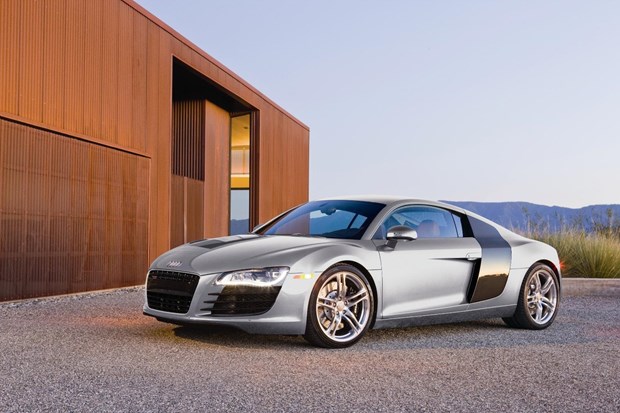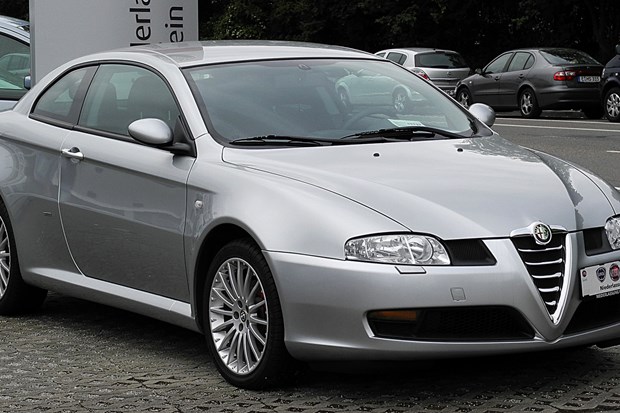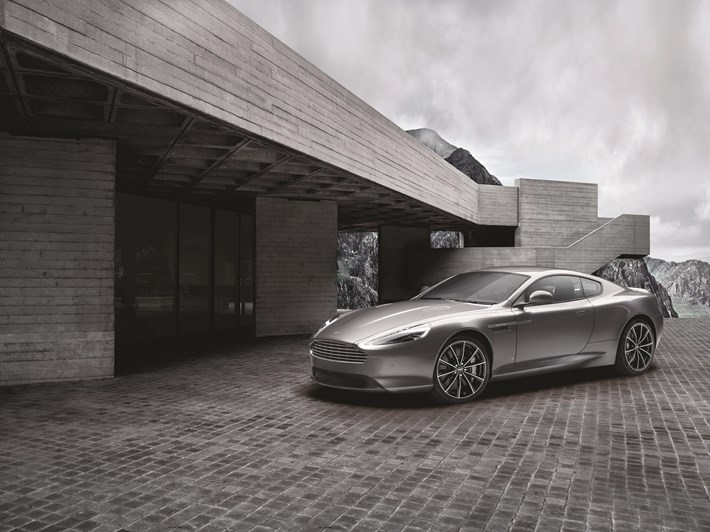
Overview
While it shared its silhouette and much of its engine with the outgoing DB7, the DB9 was a big move on from its predecessor when it arrived in 2004. It may no longer be a cutting-edge grand tourer but its looks have hardly aged a day and modern classic car status allows it to neatly side-step any uncomfortable direct comparisons with newer machinery, allowing us to rather focus on its more subjective traits.
Being an Aston Martin, style and charm are in abundant supply, the V12 received minor updates throughout production but the cultured growl from the tailpipes and effortless acceleration at just about any velocity is present in every version.
Both automatics and manuals were available with a drop-top Volante entering the fray in 2004, continual fettling with the basic formula means that later model cars do offer a noticeably more cohesive package. The 2009-on DB9s received a power bump and chassis improvements and there were even more updates in 2011 and 2013.
While the earlier cars can still offer plenty of driving enjoyment and a significant saving up-front, none are cheap to maintain and your bargain may quickly turn into a bottomless money pit unless you know what to look for.
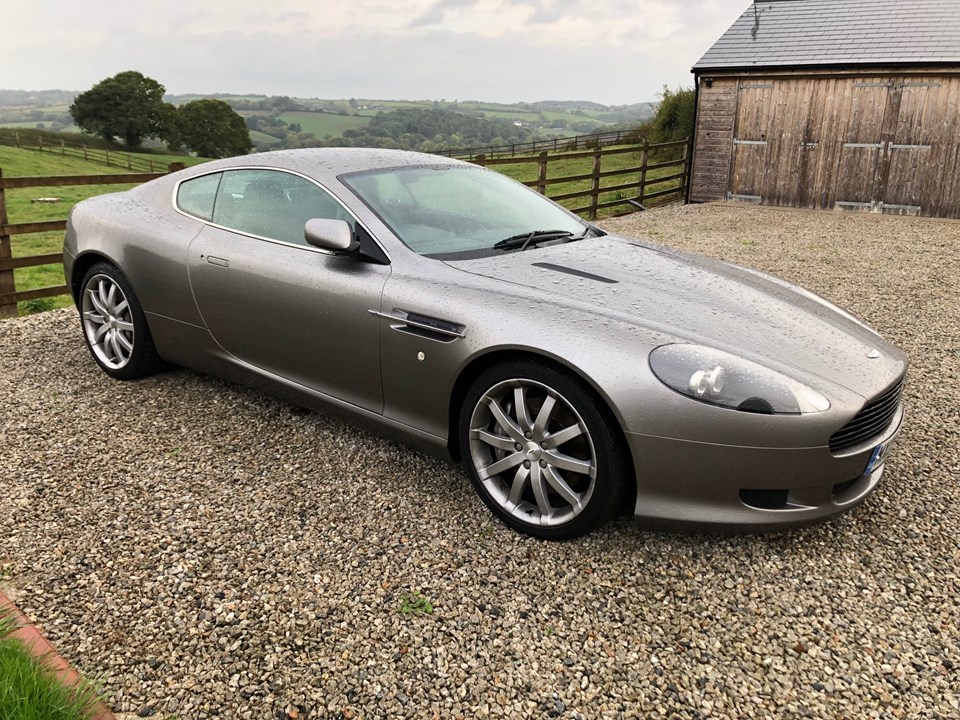
What To Buy
The DB9 may have been eclipsed in the performance stakes by some competitors over the years, but it remains a very stylish and practical grand tourer with an allure that few other marques can match.
Early cars can be found for temptingly low amounts, especially ones with patchy histories, but this is false economy and rectifying an abused DB9 is not for the faint-hearted. Don’t go out of your way to avoid well-cared for early-high miler though but post-2009 models offer a bit more power and some useful updates that may be worth the extra outlay.
The most sought-after DB9s are the post-2011 limited edition models, the very rare manuals with restrained colour schemes and the optional Sport Pack suspension also tend to command a premium.
Volantes are desirable too although few were ever ordered with the manual transmission. Either way, there are plenty to choose from so take your time and make sure to check each potential purchase thoroughly.
Having only been out of production for a short time, the DB9 is not quite at modern classic status just yet but good ones are destined to become part of discerning collectors’ collections as has been the case with its forebears.
For now, though, they offer a sublime mix of that classic Aston Martin charm with a daily usability that makes them the perfect grand tourer.
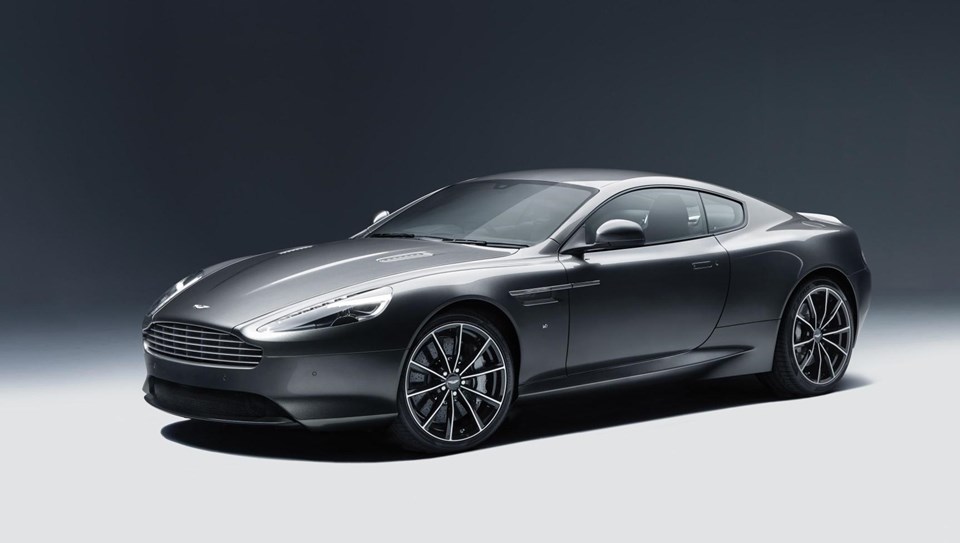
Checklist
The 5.9-litre V12 was an updated unit from the DB7 and benefitted from years of development work. A service every 16,000 km or annually should keep things working as they should.
Some owners have had issues with faulty coil packs, a misfire or hesitation when accelerating are the warning signs.
The DB9 came fitted with either a 6-speed automatic or 6-speed manual gearbox, the autos are far more common and tend to provide trouble-free service. There was a recall on early automatics for an issue with the parking brake not engaging so check that this has been rectified. Another intermittent fault where the transmission would revert to neutral due to the transmission control switches earthing with the chrome plating surround.
Manual cars tend to be the more desirable option for enthusiasts, check that there is no crunching or resistance when changing into second as this may indicate that the car has led a hard life, evidence of frequent clutch changes can also be a pointer. Anything over 25,000 km between changes is considered normal.
Two separate recalls were carried out regarding issues with the subframe assembly bolts and front suspension arm cam bolts which could negatively affect the steering responses. If your car was built between 2007 and 2009, make sure this was sorted out.
Suspension components should not exhibit any clunking or rattling and uneven tyre wear may indicate damaged control arms or bad alignment. The rear tyres tend to wear out quicker that the fronts and do so with alarming regularity.
Brake pads and discs should be trouble-free but the pads require regular replacing as they wear out almost as quickly as those rear tyres.
The mostly aluminium body has no big problems with rust but corrosion on the edges of certain panels can occur so check the wheel arches, doors and boot lid carefully. Stone chips on the front bumper can lead to further paint damage if left unattended and check under the car for evidence of any badly repaired panels or a badly scraped undercarriage.
Check that the roof mechanism on Volantes operates smoothly and that there are no tears in the fabric as this can be a labour-intensive job to rectify.
The interior is hard-wearing and the seats and door trim should be in good condition. A well-worn driver’s seat side bolster and scuff marks on the handles and buttons may be evident on multiple-owner cars or high mileage examples.
Creaks and rattles in the cockpit may be evident on some models but this is normal, more frustrating are issues with the early Linn audio systems which tend to be unreliable. The later Alpine units are far better and some owners may have resorted to aftermarket units too.
Other electronic issues can affect the tyre pressure monitoring system, electric seat controls and the aforementioned automatic gear selector issue.
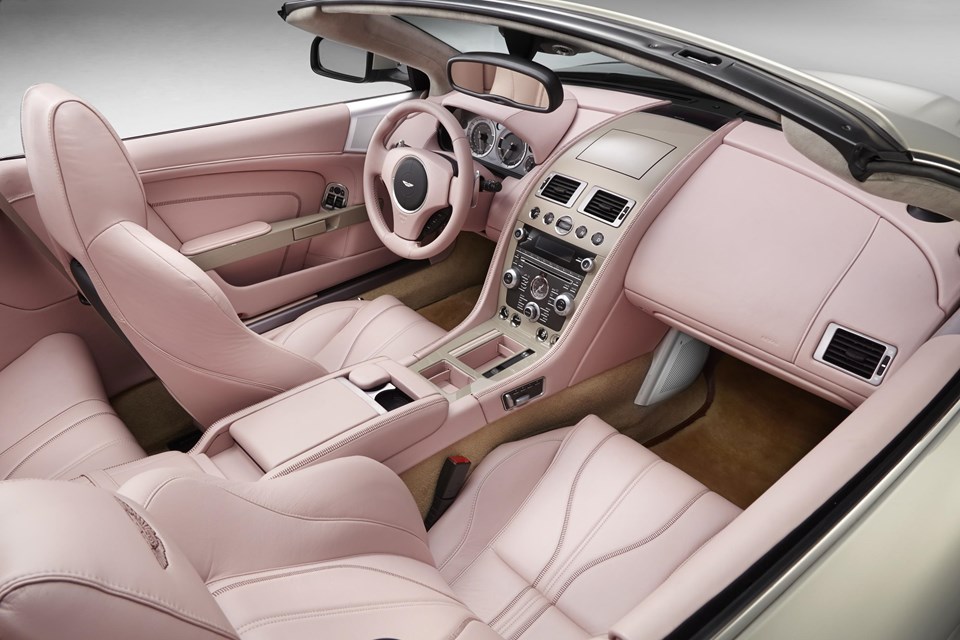
Production History
2004: Aston Martin DB9 coupe succeeds DB7, featuring updated 331kW 5.9-litre V12 and the choice of either manual or automatic transmissions. Volante convertible added to line-up mid-year with identical mechanicals and slightly heavier reinforced body shell.
2006: Sport Pack now available as an option offering revised suspension settings.
2009: Power up to 346kW and updates carried out to automatic transmission and chassis.
2011: Facelift offers revised exterior and introduction of adaptive dampers. Special edition models with unique paint schemes were also offered.
2013: Power now up to 375kW with LED lighting updates and minor bodywork changes.
2016: DB9 discontinued.
Specifications
Engine: 5.9-litre V12
Power: 331-375kW
Top Speed: 306kph
0-100kph: 4.7-4.9sec


